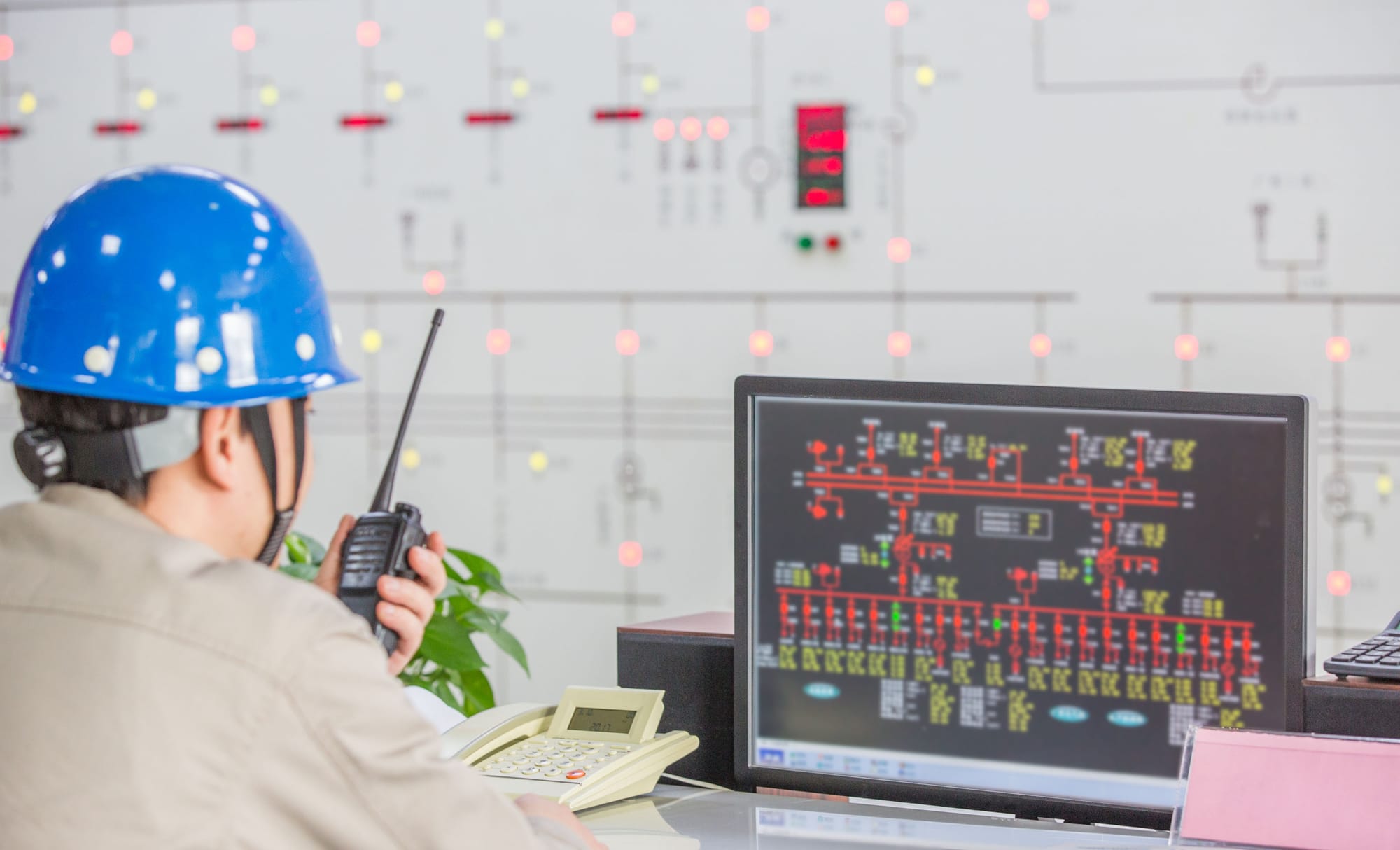The Importance of Sensor Placement in Electrical Engineering Systems

Effective sensor placement is a fundamental aspect of electrical engineering that significantly influences system performance and reliability. While the installation of sensors is a common practice, their effectiveness is largely determined by how and where they are positioned. Properly placed sensors enhance monitoring capabilities and maximize the technology's potential to prevent failures and optimize operations. Here are key considerations for strategic sensor placement:
1. Comprehensive Area Coverage
Maximizing the coverage area is essential in sensor placement. Sensors should be positioned to monitor as much of the system as possible, eliminating blind spots that could lead to unnoticed anomalies. Proper placement ensures that critical areas, such as distribution boards and machinery, are effectively monitored.
2. Optimal Height and Orientation
The installation height and angle of sensors are crucial for accurate data capture. Sensors mounted too high may lack the detail needed for precise readings, while those positioned too low could be vulnerable to damage or obstruction. An ideal height balances visibility and data accuracy, and sensors should be oriented to avoid any obstructions that might interfere with their readings.
3. Consideration of Environmental Factors
Environmental conditions play a vital role in the effectiveness of sensors. It is essential to place sensors in environments free from excessive vibrations, temperature extremes, or moisture that could compromise their performance. Positioning sensors away from direct sunlight and other interference sources is important for reliable data collection.
4. Monitoring Critical Components
Focusing sensor placement on critical components such as circuit breakers and high-load devices is essential for effective system monitoring. Positioning sensors to capture key operational data enables timely detection of irregularities, ensuring that potential issues are addressed before they escalate.
5. Safety and Compliance
In high-voltage settings, safety is of utmost importance. Proper sensor placement aids in monitoring essential parameters, providing alerts to operators about potential hazards and ensuring compliance with safety standards. Sensors should be installed in locations that facilitate safe monitoring without risking exposure to dangerous conditions.
6. Integration with Other Systems
In modern electrical systems, sensors often work in conjunction with other components. Thoughtful placement can enhance this integration, allowing sensors to facilitate real-time monitoring and automated responses to detected anomalies, thereby improving the overall efficiency of the system.
7. Protection Against Vandalism and Damage
Sensors should be positioned in locations that minimize the risk of tampering or damage. Protective casings can safeguard sensors from environmental conditions and potential vandalism, ensuring their durability and continuous functionality.
8. Accessibility for Maintenance
While it’s important to protect sensors from damage, they must also be easily accessible for maintenance and calibration. Strategic placement should allow for straightforward upkeep, ensuring that sensors remain operational and accurate throughout their lifespan.
9. Data Utilization and Analytics
Effective sensor placement supports advanced analytics and machine learning applications. Collecting data from well-positioned sensors enables engineers to gain insights into system performance, identify emerging trends, and implement necessary improvements more efficiently.
10. Consulting with Experts
Engaging with engineering professionals during the sensor placement process can greatly enhance the effectiveness of monitoring systems. Experts can offer tailored insights based on the specific layout, risk factors, and operational needs, ensuring optimal sensor performance.By considering these key factors in sensor placement, electrical engineers can significantly enhance the performance and reliability of their systems. The ultimate aim is to create a robust monitoring environment that identifies potential issues, captures critical data, and supports efficient operations. Thoughtful sensor placement is essential for harnessing technology's full potential to ensure safety and reliability in electrical engineering.